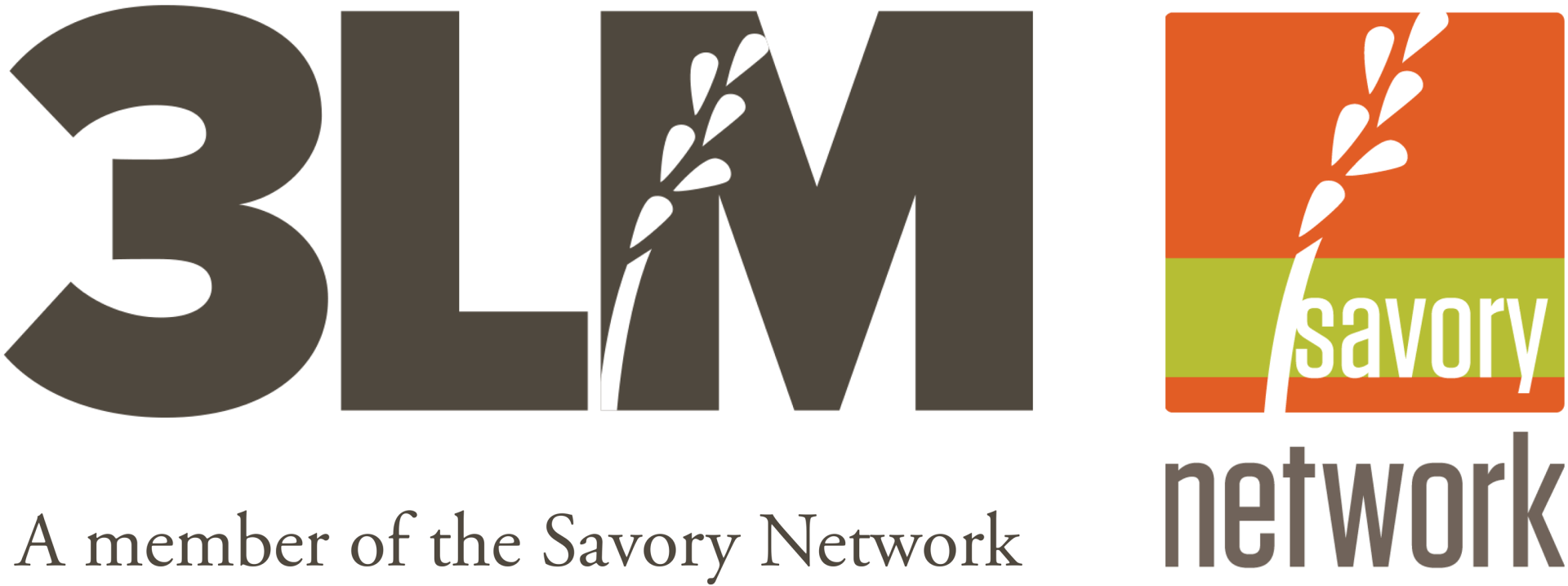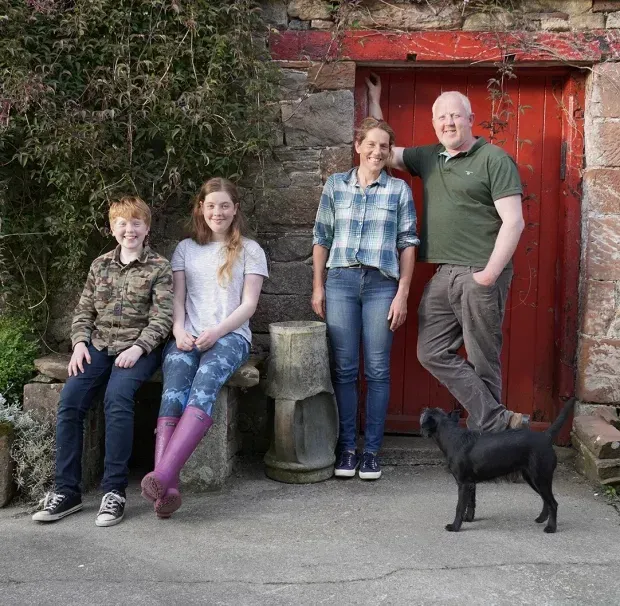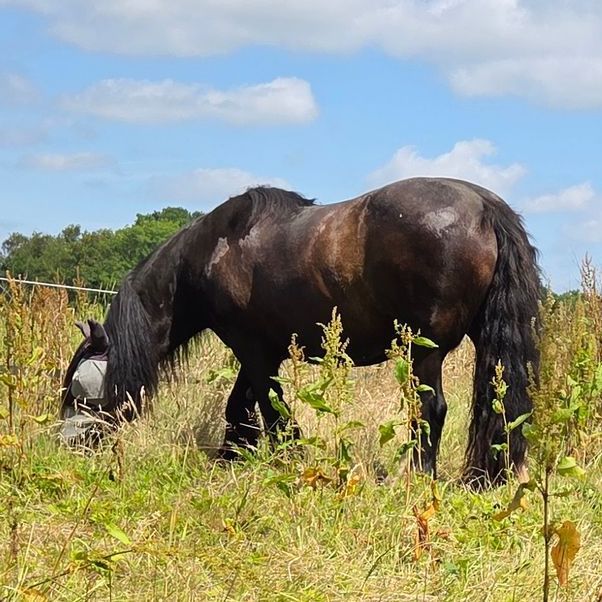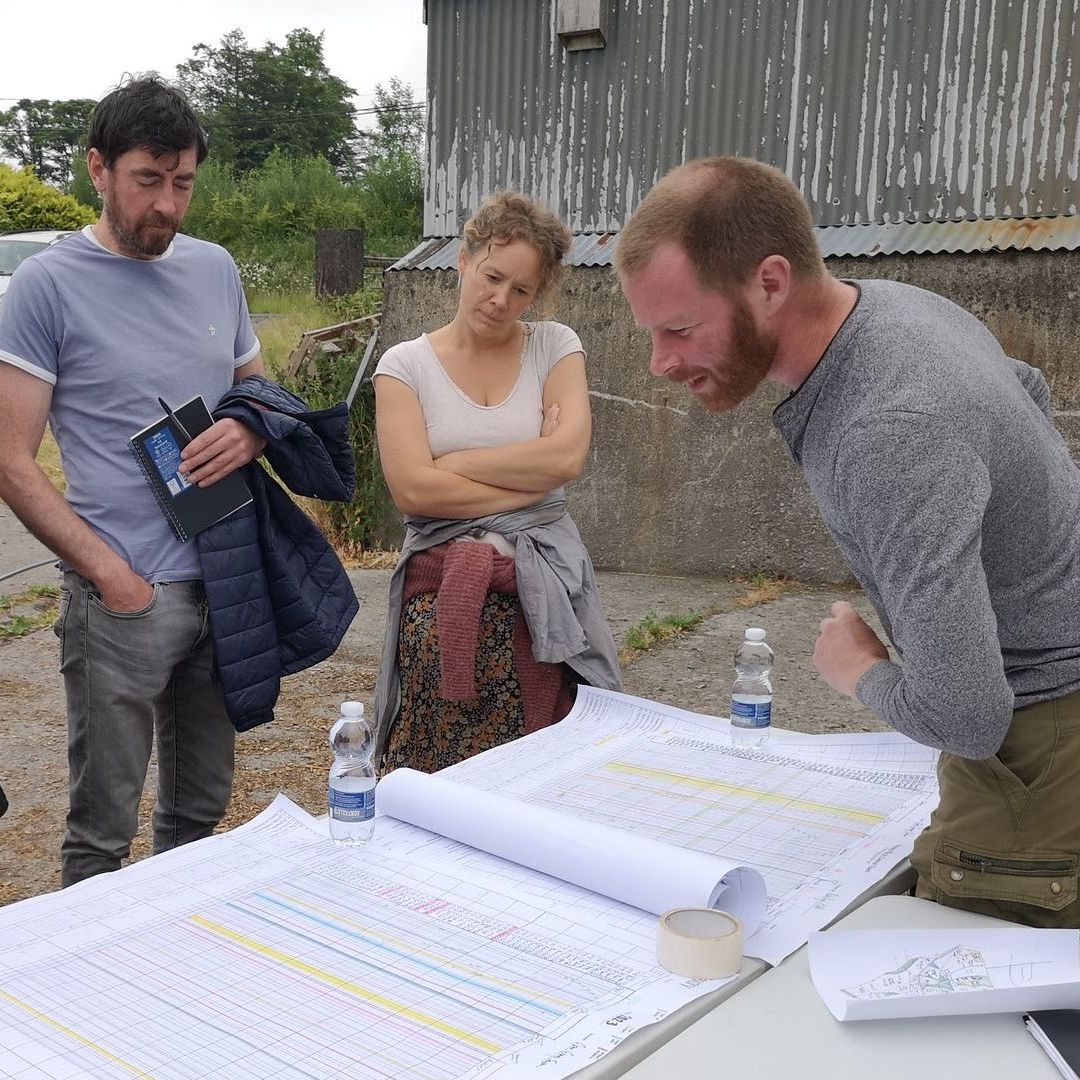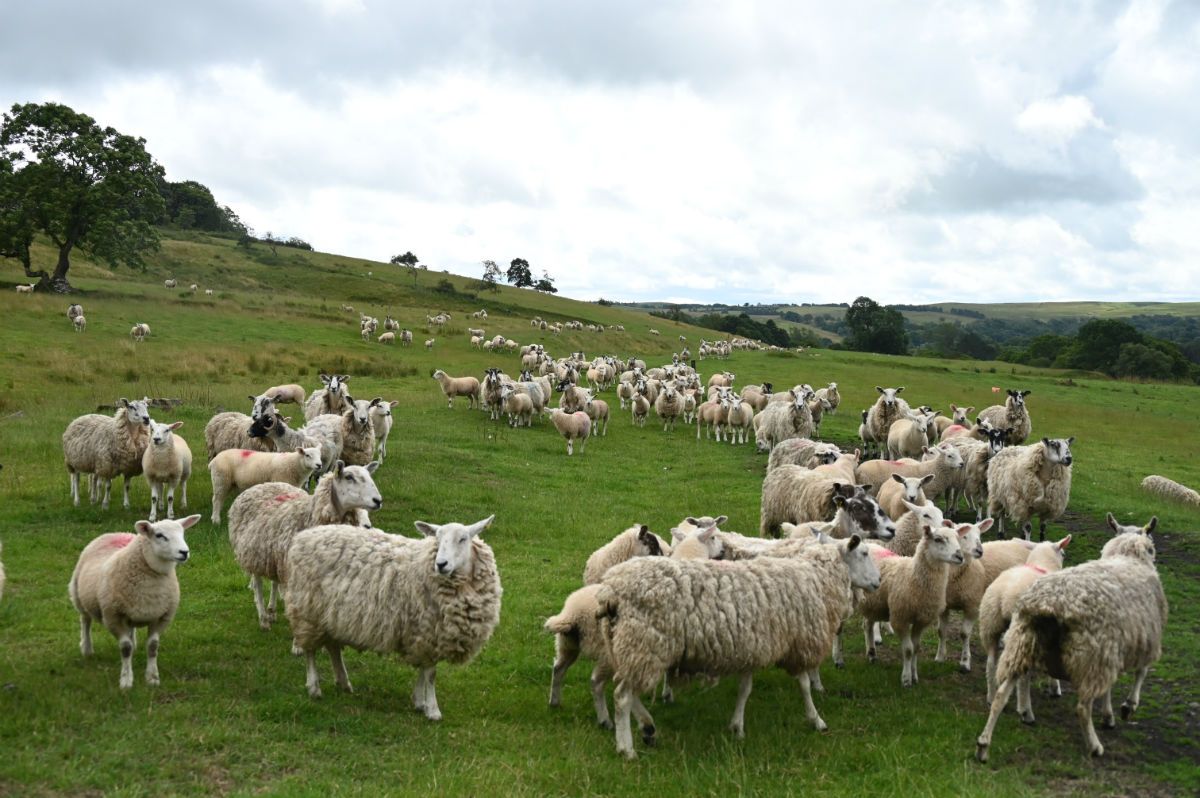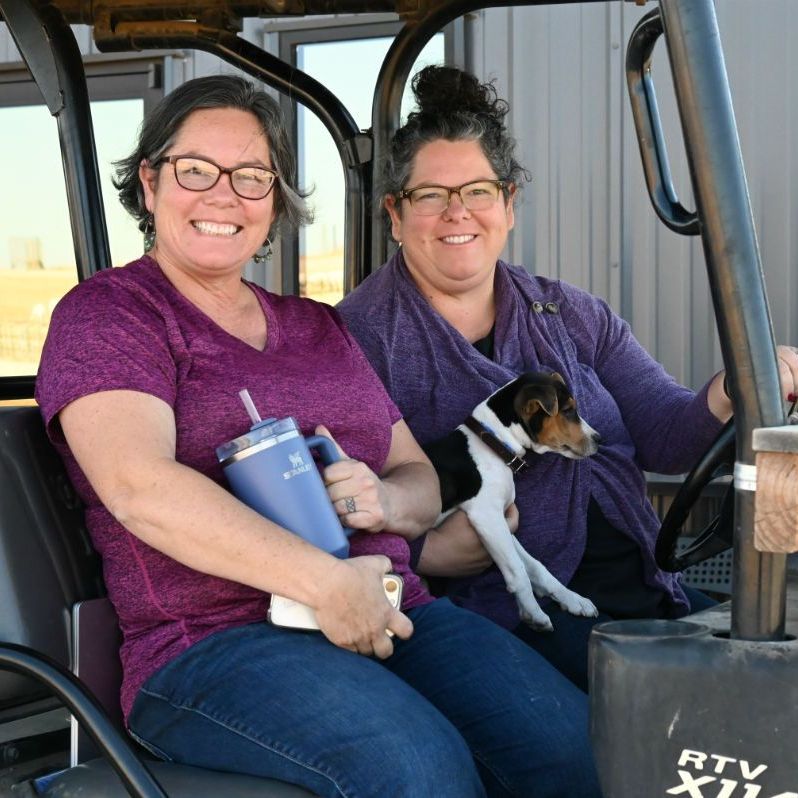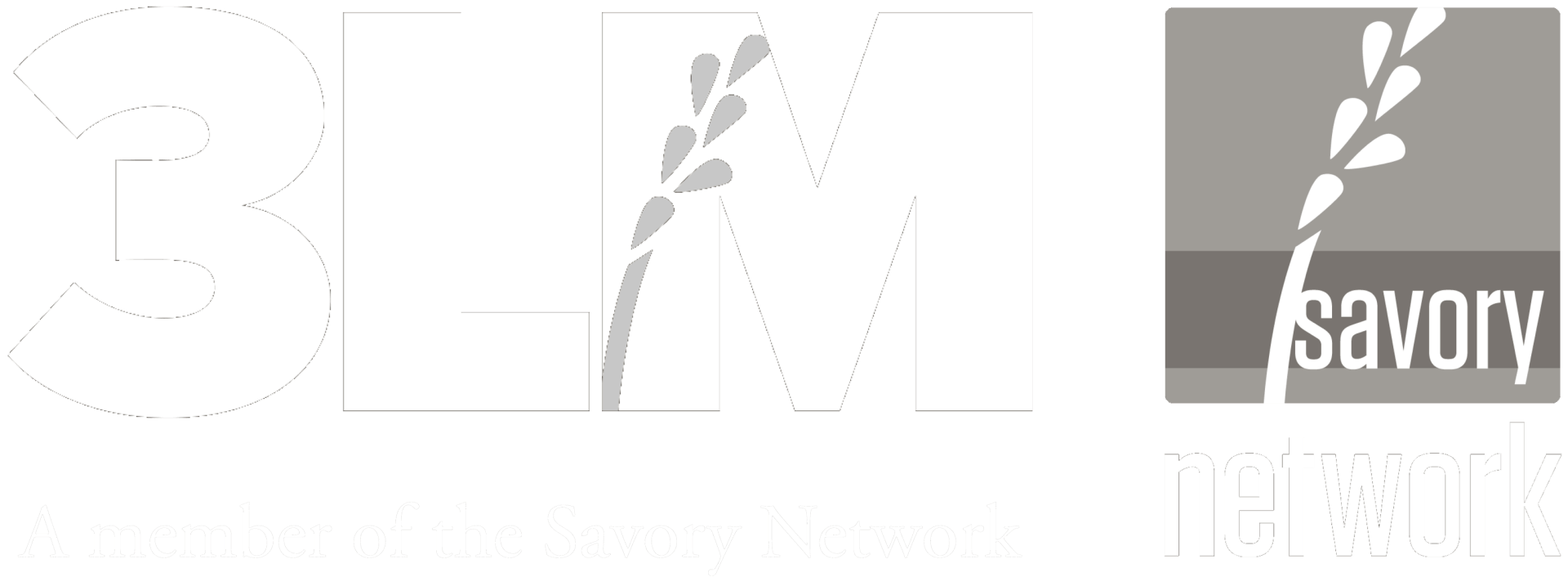The Illusion of Progress
'UK soil breakthrough could cut farm fertiliser use and advance sustainable agriculture'
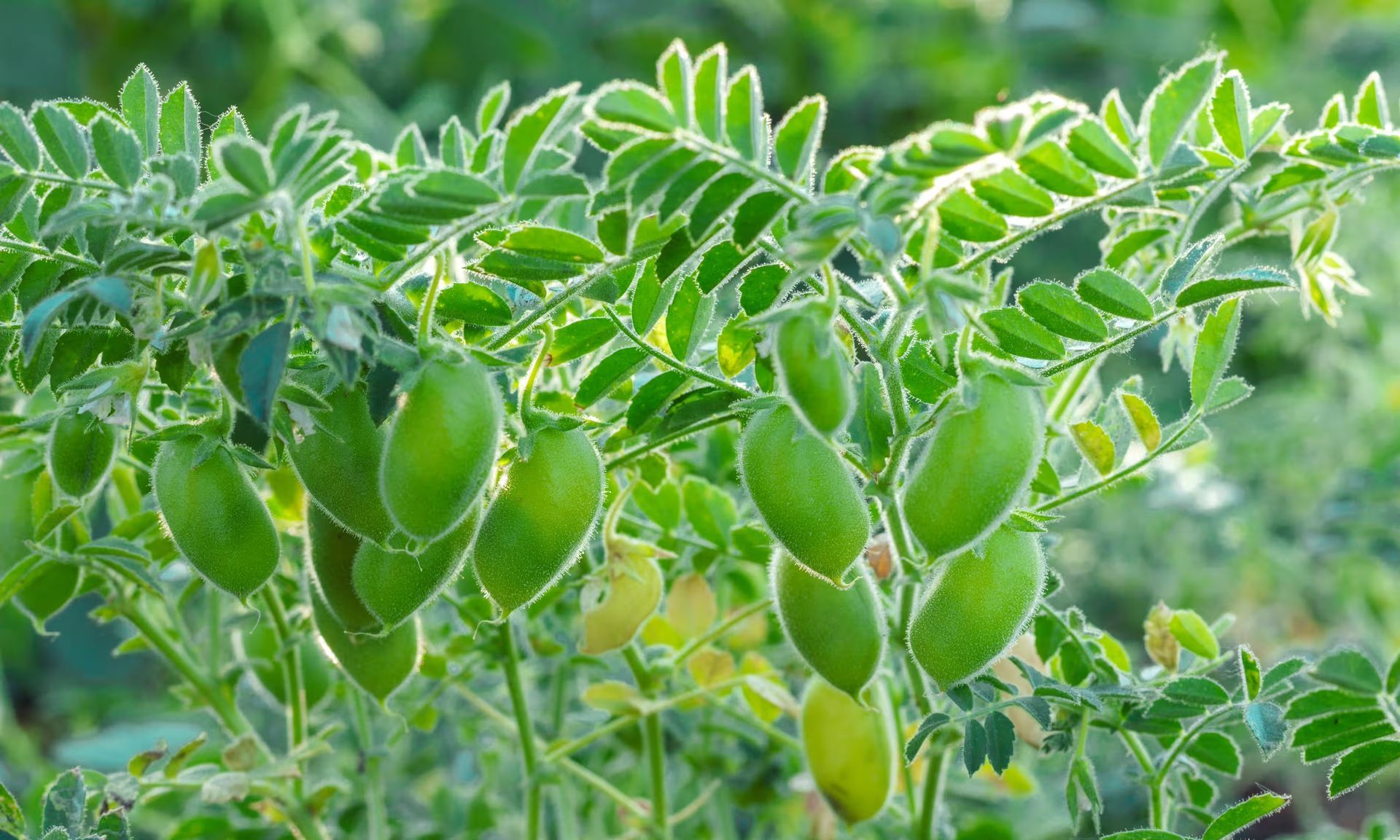
This article was published in the Observer Farming saturday 22nd February 2025
Below is our response and thoughts
'A biological mechanism that makes plant roots more attractive to soil microbes has been discovered by scientists in the UK. The breakthrough – by researchers at the John Innes Centre in Norwich, Norfolk – opens the door to the creation of crops requiring reduced amounts of nitrate and phosphate fertilisers, they say.
“We can now think of developing a new type of environmentally friendly farming with crops that require less artificial fertiliser,” said Dr Myriam Charpentier, whose group carried out the research.
Excess use of fertilisers has become a major ecological problem in recent years and has been linked to soil degradation, while run-offs from fields are causing major pollution in rivers where algae blooms spread across the water, and kill fish and other aquatic life.
However, the research has uncovered a route that could lead to the development of crops that could reduce this problem by helping them scavenge nutrients from the soil more effectively – by gaining a little help from soil microbes. The basis of this approach is a process known as endosymbiosis, in which one organism exists within another in a mutually beneficial relationship.
This activity helps some plants to scavenge nutrients from nutrient-poor soil using the assistance of microbes in natural settings. However, in agricultural settings, where fertilisers are used to boost yields, these disrupt the natural interaction between crops and microbes.
The team led by Charpentier has announced that it has discovered a mutation in the legume Medicago truncatula which enhances partnerships with bacteria and fungi that supply the roots with nitrogen and phosphorus. This process improves the plant’s take-up of nutrients.
Crucially, the team – whose research was recently published in Nature – showed the same gene mutation in wheat enhances similar partnerships in field conditions. This opens the door to the creation of wheat varieties that can exploit soil microbes to provide nutrients and so reduce the need to use large amounts of artificial inorganic fertilisers.
“This discovery is created in a wheat variety that is non-GM,” Charpentier added. This means that plant breeders can use traditional breeding methods to develop varieties that possess the trait.'
The Illusion of Progress: Why Holistic Agriculture is the Real Solution to Fertiliser Overuse
A recent discovery by UK scientists claims to offer a breakthrough in reducing the need for synthetic fertilisers by genetically enhancing plant roots’ ability to interact with soil microbes. While this may appear to be a step towards sustainability, it remains rooted in the same reductionist paradigm that has driven industrial agriculture to the ecological brink. Instead of perpetuating technological interventions that tinker with symptoms, we must shift towards a truly holistic, nature-based approach to farming—one that regenerates ecosystems rather than finding ways to accommodate their continued degradation.
The Reductionist Trap
The prevailing scientific and agricultural mindset continues to approach nature as a system of isolated parts to be manipulated for human benefit. The research from the John Innes Centre, though well-intentioned, exemplifies this flawed thinking. It aims to mitigate fertiliser dependence by altering crops at the genetic level to optimize their relationship with soil microbes. Yet, this approach does not address the core issue: an agricultural system that depletes natural fertility in the first place.
Instead of modifying crops to function better in degraded environments, we should be focusing on rebuilding the living soils that once supported abundant harvests without synthetic inputs. The fundamental problem is not that plants need to be ‘improved’ but that industrial agriculture has stripped landscapes of their natural ability to sustain life.
The Flawed Assumption of ‘Fixing’ Nature
The idea that we can engineer crops to solve soil depletion reveals a deeper misconception—that nature is something to be fixed through human intervention rather than restored through natural processes. This approach echoes the Green Revolution’s promise of higher yields through chemical inputs, which initially appeared successful but led to long-term soil degradation, water pollution, and biodiversity loss.
Genetic manipulation, whether through traditional breeding or modern biotechnology, still follows the same logic: adapt life to fit an increasingly hostile environment rather than healing the environment itself. What happens when this “solution” begins to fail, as all previous technological fixes have? Will we introduce yet another genetic tweak, another chemical booster, another artificial correction? This cycle of interventionism is the very definition of unsustainable.
A Holistic Alternative: Regenerative Agriculture & Holistic Management
Rather than chasing endless technological patches, we should embrace a regenerative approach—one that recognizes soil as a living, self-sustaining system when managed in alignment with natural principles.
- Diverse Crop Rotations & Polycultures – Instead of breeding crops to work around degraded soil, we should restore biodiversity in fields. A diverse range of plant species fosters a naturally resilient soil microbiome, reducing reliance on external inputs.
- Cover Crops & No-Till Farming – The best way to nourish soil microbes is to keep soil covered year-round with living plants. Cover crops like clover and legumes naturally fix nitrogen, making synthetic fertilisers redundant. No-till farming prevents soil disruption, preserving microbial networks and enhancing fertility.
- Holistic Grazing & Perennial Systems – Integrating livestock into cropping systems can regenerate land through managed rotational grazing, mimicking natural ecosystems. Perennial crops, such as agroforestry systems, further stabilize soil and enhance nutrient cycling without the need for genetic modifications.
- Rewilding and Agroecology – Instead of modifying crops to enhance microbial interactions, why not restore the microbial balance itself? Agroecological practices, including composting, biochar application, and mycorrhizal inoculation, naturally rebuild soil health without needing engineered plants.
- Holistic Management Training – Beyond specific agricultural practices, holistic management training provides a structured framework to guide decision-making for land stewards, farmers, and policymakers. This approach helps align agricultural operations with ecosystem processes, ensuring that soil, water, and biodiversity are managed in a way that enhances resilience and long-term productivity. By integrating financial, social, and ecological outcomes, holistic management empowers farmers to make choices that benefit both their land and their livelihoods.
Conclusion: The Paradigm Shift We Need
While the discovery of microbial-enhancing plant traits may seem promising, it does not represent a fundamental shift in agricultural thinking. It remains a sticking-plaster solution that fails to address the deeper issues of soil health, ecosystem function, and agricultural resilience.
What we need is not another technological patch but a paradigm shift—one that recognizes that soil, plants, and ecosystems already possess the intelligence and complexity to sustain themselves when given the right conditions. Instead of re-engineering crops, we should be restoring landscapes. Instead of optimizing plants for degraded environments, we should be regenerating environments so that all life can thrive naturally.
Holistic management training equips land managers with the tools to make informed, adaptive decisions that work with nature rather than against it. If we are serious about sustainability, we must go beyond these half-measures and embrace a truly holistic, nature-based approach to food production.


